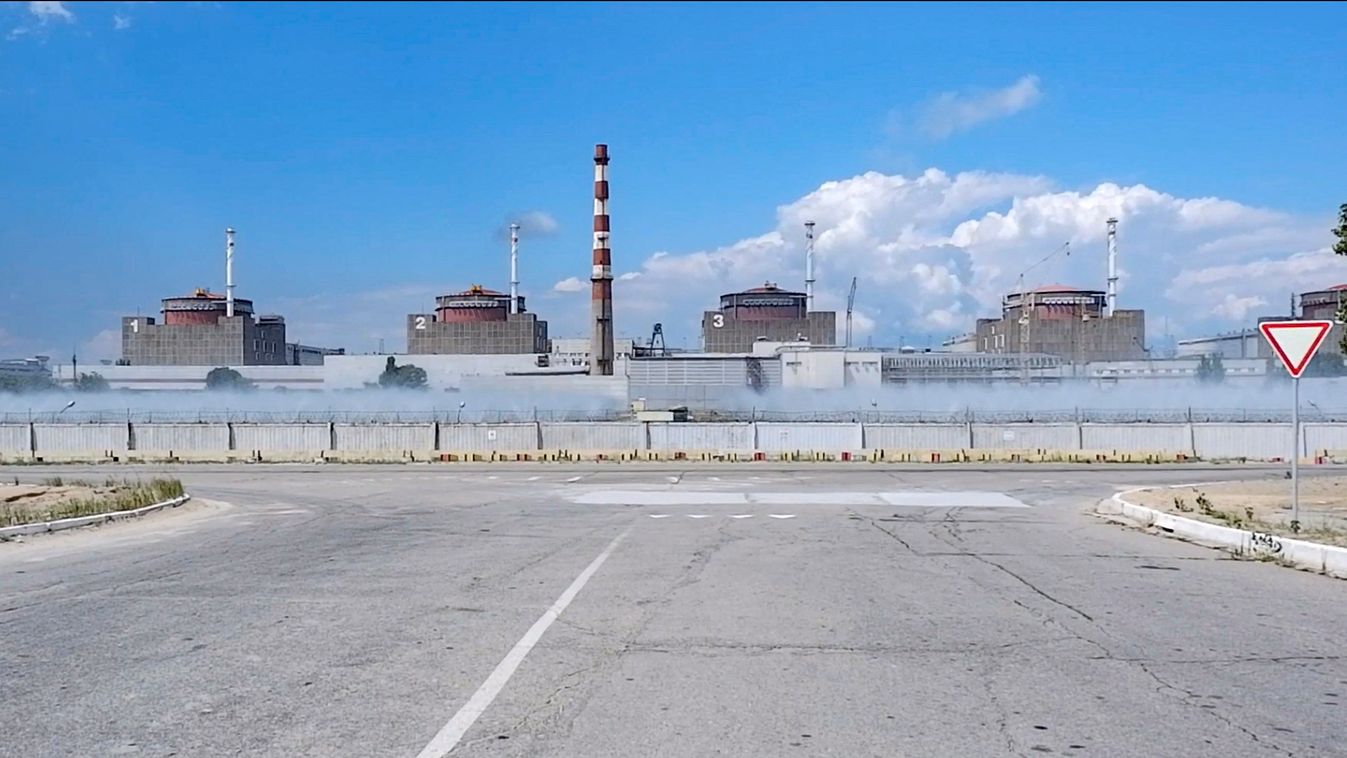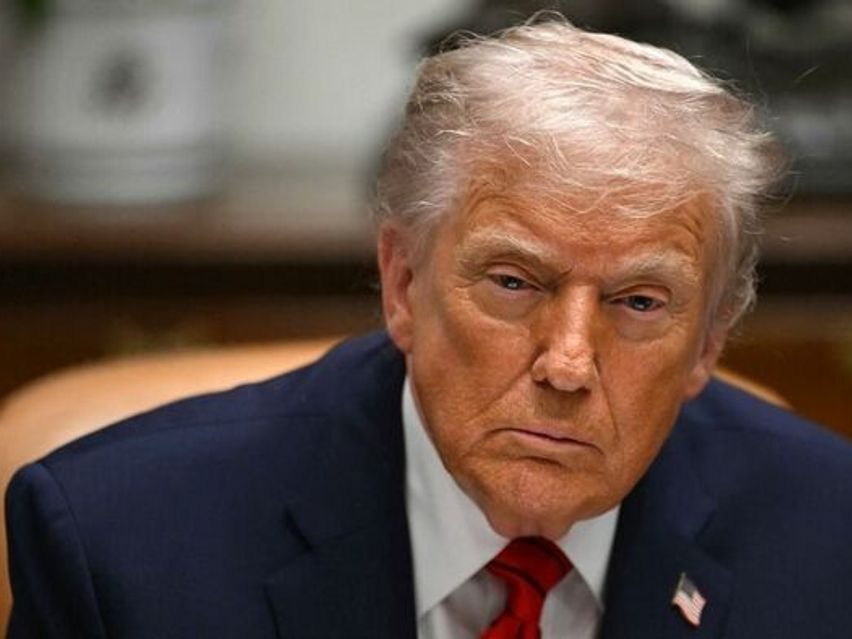According to Prof. Attila Aszodi, it is difficult to predict what would happen if a nuclear power plant was hit by an attack similar to the one at the Nova Kakhovka hydroelectric power plant. The lecturer at the Budapest University of Technology (BME) told daily Magyar Nemzet that the consequences depend on several factors, such as the nuclear power plant, its personnel and the weapon deployed to target it.
In principle, even with a higher explosive charge it is rather difficult to cause such damage to a power plant that would cause a great degree of radiation. However, a targeted, systematic attack could cause huge damage to the facility,
the expert said. He pointed out that an explosion like the one in Chernobyl is unlikely to occur at power plants, because European power plants operate in a very different way and are equipped with more safety features. However, the personnel and the preparedness of the plant itself play a huge role in preventing such a disaster.
Attacking such a plant is very risky, because if it becomes impossible to cool down the reactor, that would trigger an internal process in the facility that becomes irreversible after a while, Prof. Attila Aszodi explained.
To tackle such scenarios, most nuclear power plants already have certain accident-management systems in place, but the question of how much damage these built-in devices suffer is also key, the expert said. Another crucial uncertainty is to what extent the containment structure - which hermetically seals the plant from the outside world - would be damaged in an attack.

























Szóljon hozzá!
Jelenleg csak a hozzászólások egy kis részét látja. Hozzászóláshoz és a további kommentek megtekintéséhez lépjen be, vagy regisztráljon!